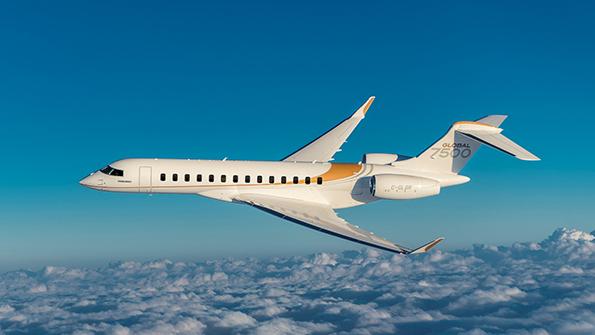Does Reduced Airline Capacity Give General Aviation And Business Jets More Opportunity?

Ask the Editors: The Aviation Week Network invites our readers to submit questions to our editors and analysts. We’ll answer them, and if we can’t we’ll reach out to our wide network of experts for advice.
Many airlines have reduced their fleets. Do you see new opportunities for general aviation and business jets to pick up some business because of reduced routes and seat capacity among commercial airlines?
Molly McMillin, Aviation Week’s managing editor of business aviation, answers:
Opportunities in private aviation are already taking place. Business aviation has fared better than commercial travel, with global business aviation activity back to 85% of pre-COVID-19 levels. The crucial U.S. business aviation market is faring even better, with activity down just 7% and charter flights up 4%. By comparison, commercial air travel has declined by more than 50% globally during the same period.
Since the pandemic began, private aviation providers have been reporting a spike in inquiries and increased sales to former first-class airline passengers. Although not all can afford to travel privately, some travelers are turning to charter memberships and jet cards, seeking a healthier way to travel. At Bombardier, first-time buyers have risen to 24% today from 16% of new jet orders in 2019.
Buyer behavior is changing as well. An Embraer official noted recently that business aircraft customers are asking more about cabin air quality and antimicrobial products than they are about range and performance.
The majority of private aviation flights today are for leisure rather than business travel. That leaves a lot of upside for the industry as people are vaccinated in large numbers and business travel starts to return. On the other hand, a big question is whether private aviation users will return to the airlines once they feel safer traveling commercially—or if the luxury and convenience of private travel has sold them on business aviation.





